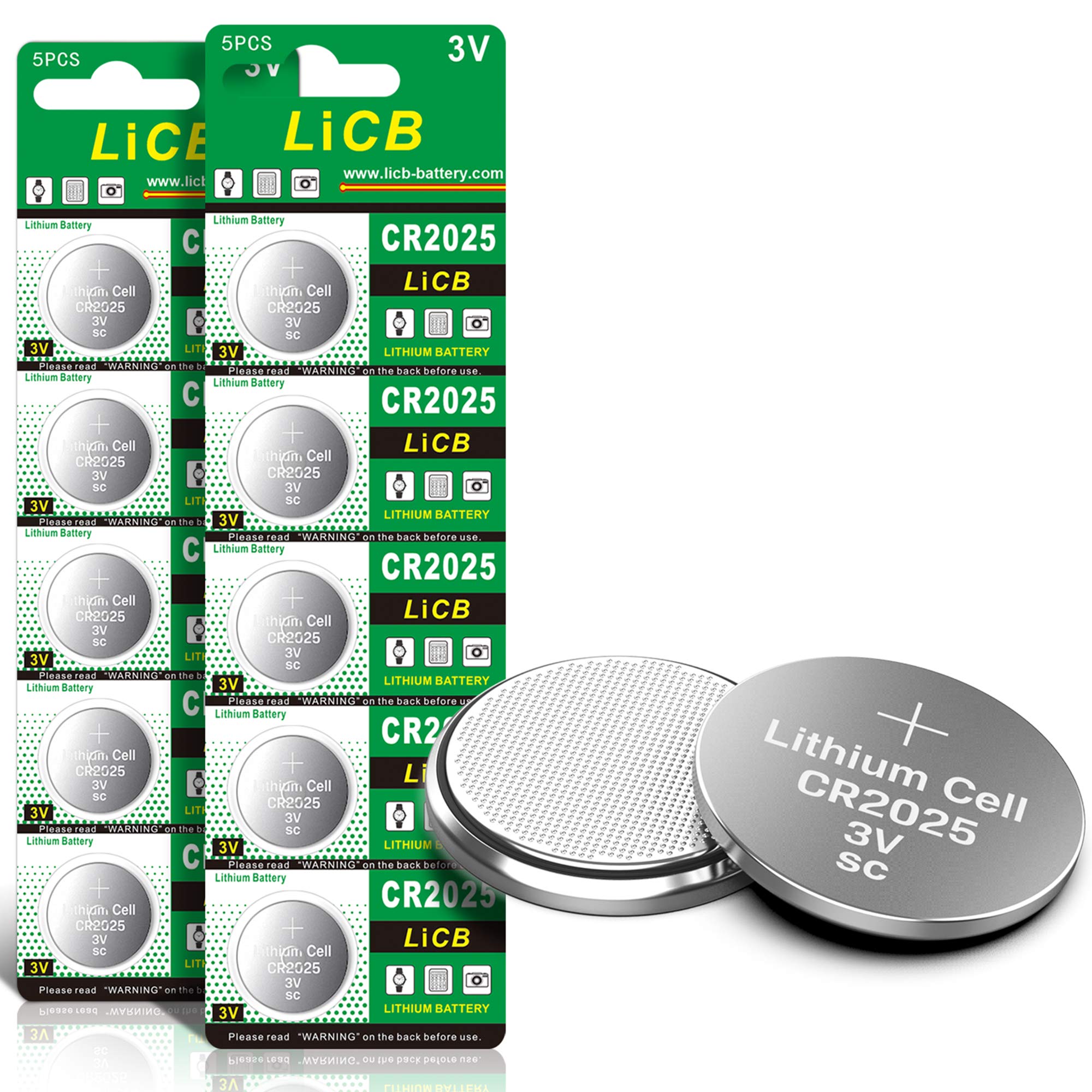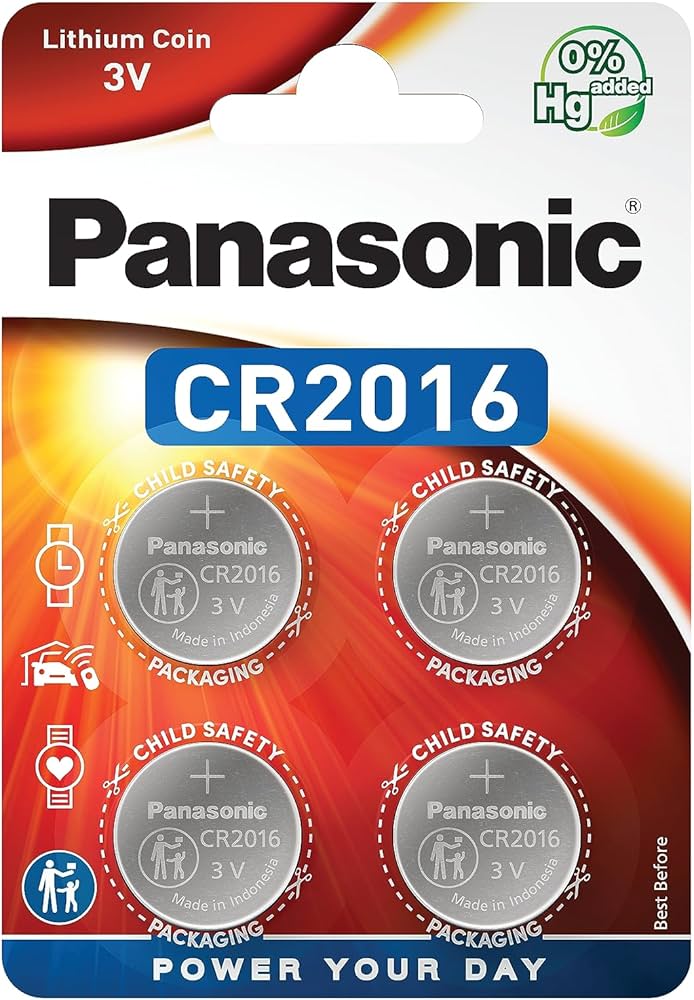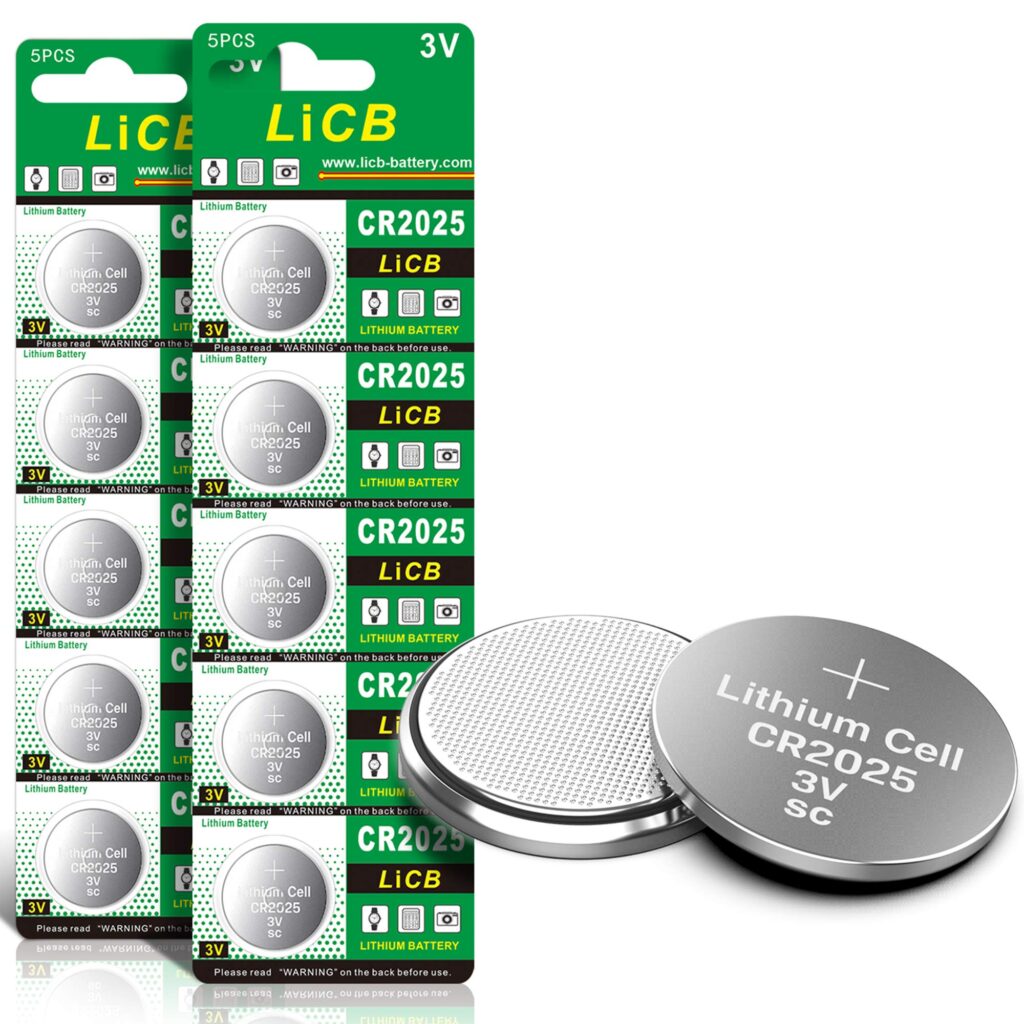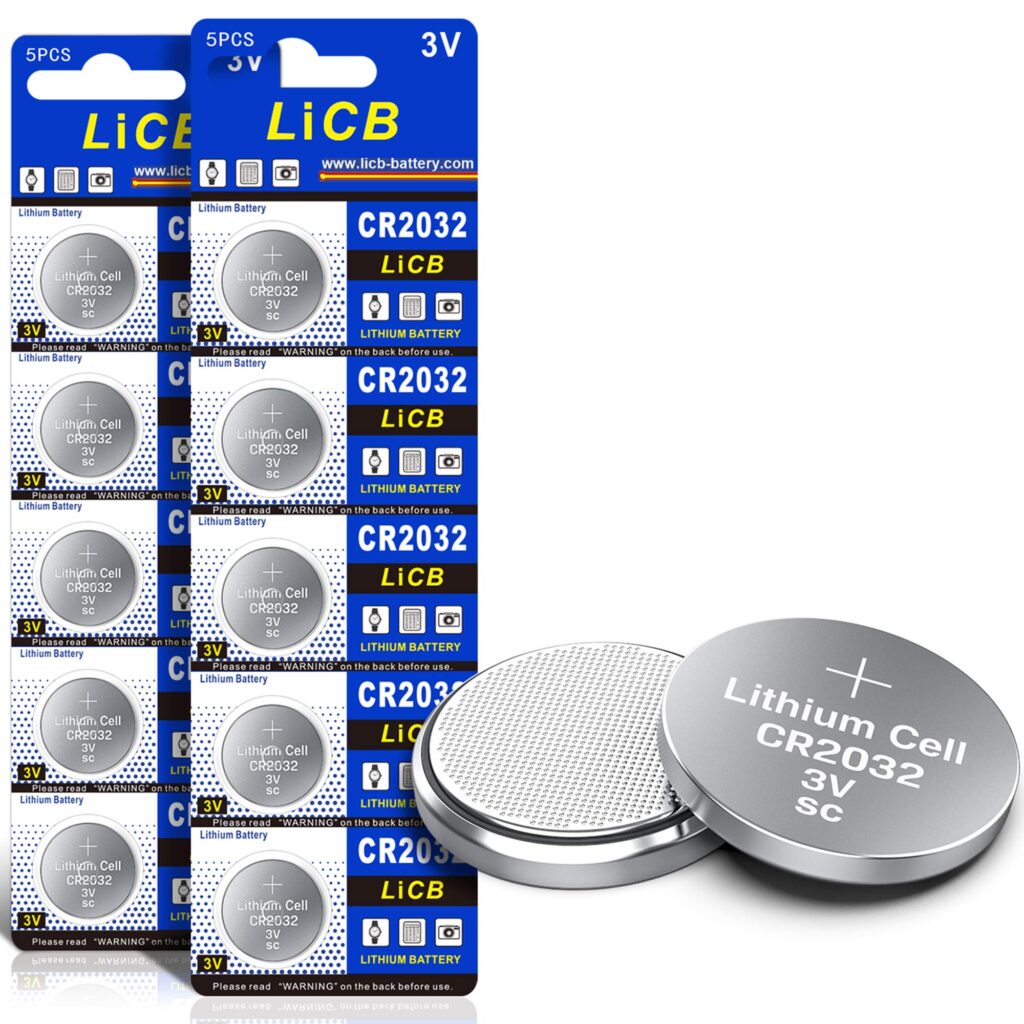In the realm of small electronics, coin cell batteries are essential components, providing power for a variety of devices from wristwatches to key fobs. Among the most commonly used coin cell batteries are the CR2025 and CR2016. Both battery types fall under the lithium coin battery category, known for their compact size and long shelf life. While they share some similarities, there are critical differences that can influence which one is the best fit for your device. This article will provide a comprehensive comparison between CR2025 and CR2016 batteries, helping you make an informed decision tailored to your needs.
Detailed Comparison Table
| Feature | CR2025 | CR2016 |
|---|---|---|
| Image |  |
 |
| Diameter | 20 mm | 20 mm |
| Thickness | 2.5 mm | 1.6 mm |
| Voltage | 3 Volts | 3 Volts |
| Capacity | 160 mAh | 90 mAh |
| Weight | 2.5 grams | 1.6 grams |
Informative Explanation of Features and Specifications of Both Products
CR2025 Features and Specifications
The CR2025 battery is a lithium-based coin cell battery renowned for its reliability and durability. With a diameter of 20 mm and a thickness of 2.5 mm, it fits snugly into a variety of small electronic devices. It provides a voltage of 3 volts, making it suitable for devices that require stable power. One of its standout features is its capacity of 160 mAh, which allows it to last longer in devices that demand consistent energy output. Weighing in at 2.5 grams, it is slightly heavier than the CR2016, providing additional stability in its applications.
CR2016 Features and Specifications
The CR2016 battery, while similar in diameter at 20 mm, has a reduced thickness of 1.6 mm. This makes it ideal for devices where space is at a premium. It also outputs 3 volts, aligning it with the CR2025 in terms of voltage. However, it has a lower capacity of 90 mAh, which means it typically wont last as long as the CR2025 in devices with high power consumption. Weighing 1.6 grams, the CR2016 is lighter, which can be a significant advantage in applications where weight is a critical factor.
Differences Between Products
While both the CR2025 and CR2016 share the same diameter and voltage output, their differences lie in thickness, capacity, and weight—factors that significantly impact their applications. The CR2025, with its greater thickness and capacity, is better suited for devices that require a prolonged duration of power, such as calculators and remote controls. Its increased weight also provides a slightly better contact in devices with less secure battery compartments.
In contrast, the CR2016’s thinner profile makes it a preferred choice for ultra-slim devices like slim watches or small fitness gadgets. However, its lower capacity means it will need to be replaced more frequently in power-hungry devices. The lighter weight of the CR2016 may also contribute to ease of installation in compact electronic designs.
Pros and Cons
CR2025

Pros:
– Higher capacity (160 mAh) for longer-lasting power.
– Suitable for a wide range of devices.
– Slightly heavier, providing better contact in some devices.
Cons:
– Larger thickness may not fit in all devices.
– Slightly heavier, which might be a disadvantage in weight-sensitive applications.
CR2016

Pros:
– Thinner profile fits in more compact devices.
– Lighter weight can be advantageous in specific applications.
Cons:
– Lower capacity (90 mAh), leading to more frequent replacements.
– Not ideal for high-drain devices.
Performance Evaluation and User Experience
From a performance standpoint, both the CR2025 and CR2016 batteries are reliable power sources for small electronics. Users often report satisfaction with the CR2025’s longevity, especially in devices that require steady and prolonged power. Its higher capacity translates to fewer replacements, which is a significant advantage for users who value convenience and efficiency.
The CR2016, on the other hand, excels in applications where space and weight considerations are paramount. Users of slim and lightweight electronics appreciate the CR2016 for its ability to fit into tight spaces without adding unnecessary weight. However, the trade-off comes in the form of reduced lifespan, meaning users need to be prepared for more frequent battery changes.
Overall, user experience tends to align with the specific needs of the device in question. Devices that are more demanding on power tend to fare better with the CR2025, while those that prioritize compactness and minimal weight benefit from the CR2016.
Final Recommendation and Conclusion
In conclusion, the choice between CR2025 and CR2016 batteries largely depends on the specific requirements of your device. For devices that demand longer battery life and can accommodate a slightly thicker battery, the CR2025 is the superior choice. Its higher capacity and stable power output make it ideal for a broad range of applications.
Conversely, for devices where size and weight are critical, the CR2016 is the more appropriate selection despite its lower capacity. Its slimmer profile and lighter weight make it suitable for applications that require minimal space and mass.
Ultimately, consider the specific needs of your device and the balance between battery life, size, and weight when making your decision. Both batteries are high-quality options that serve well in their respective niches, ensuring you have reliable power for your electronic needs.


